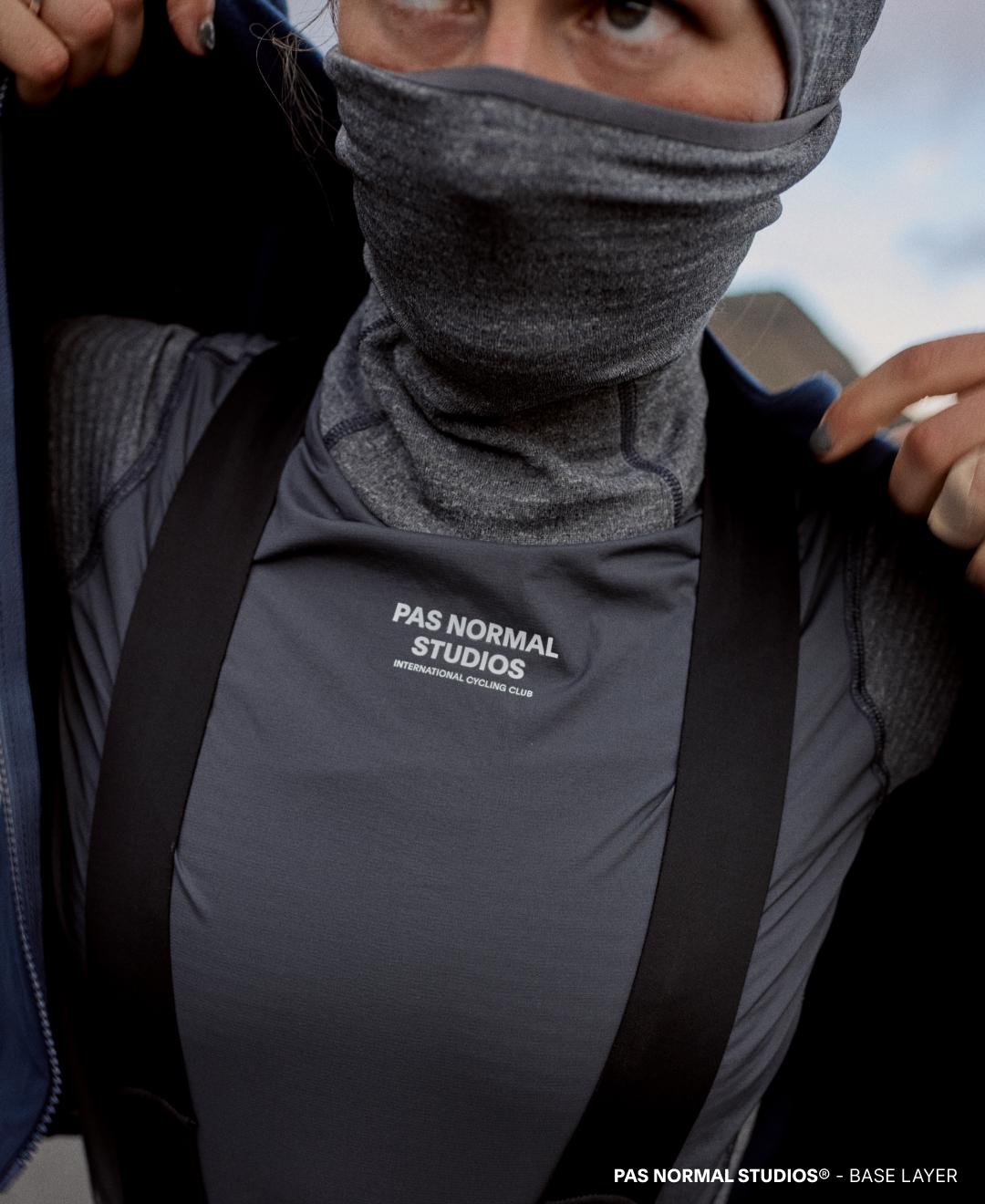
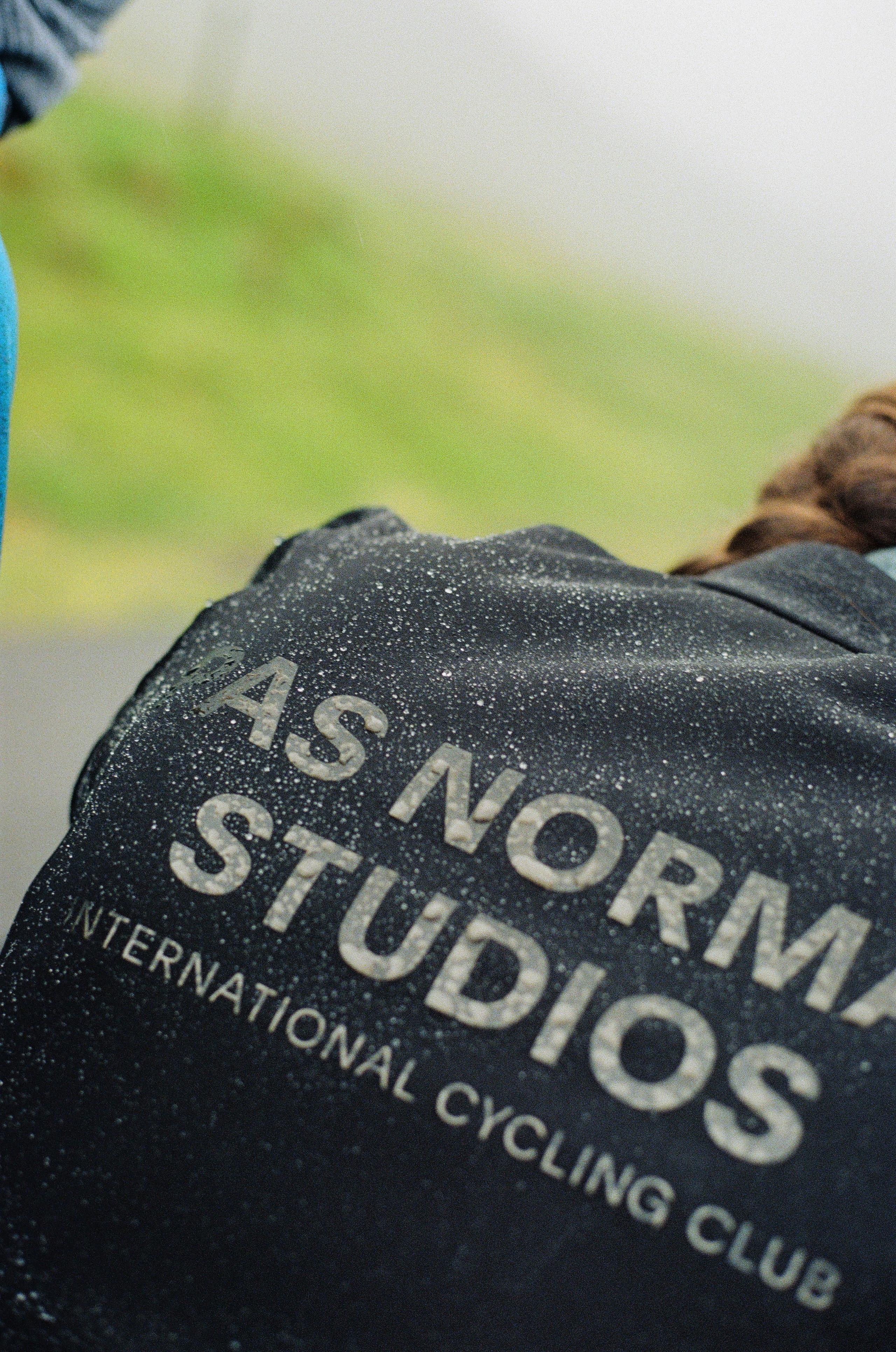
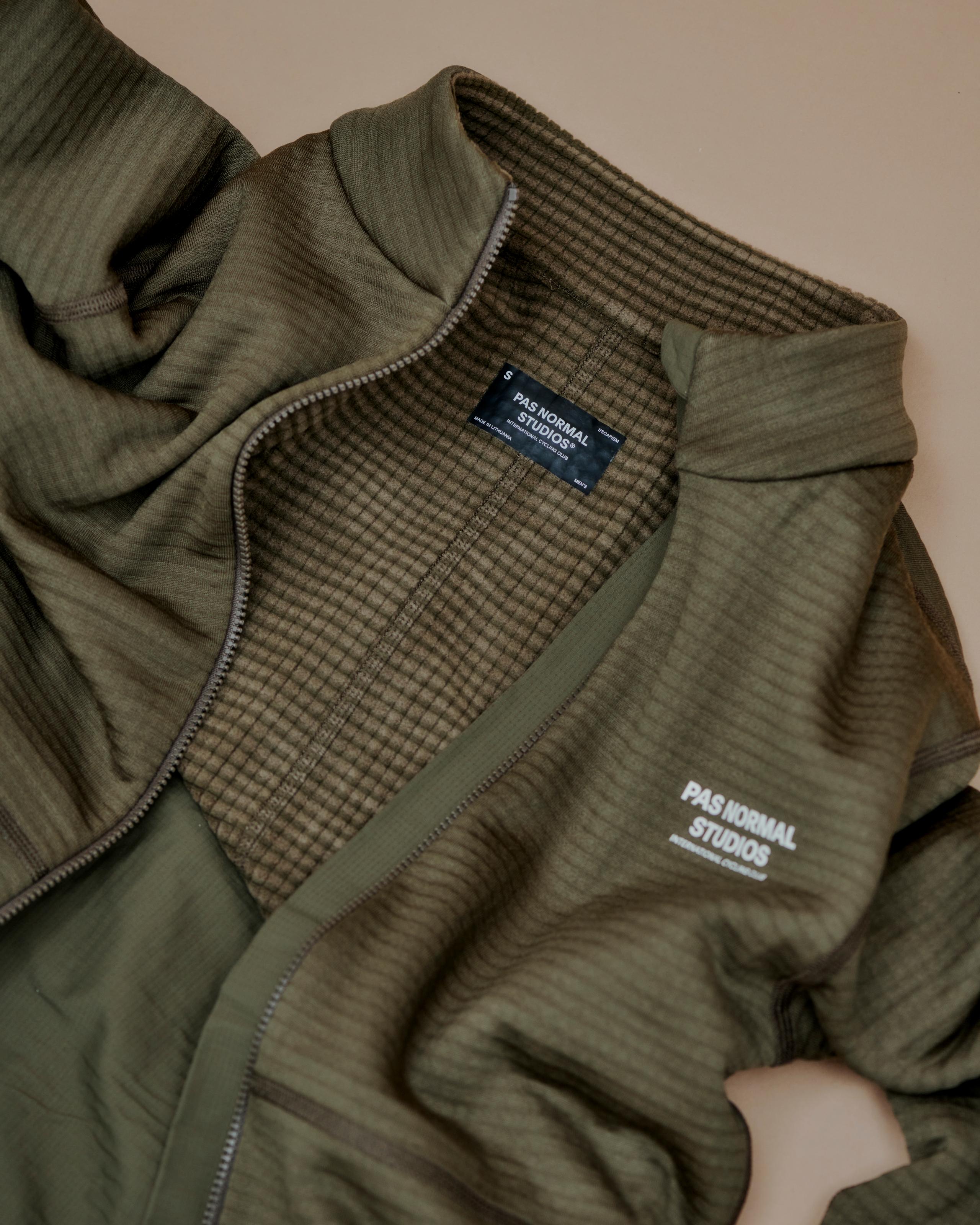
This guide will help you identify some of the best ways to maintain your items, including best practices for using, washing, and storing. Please note that the most accurate information for each product is always located on the label of the garment itself.
Always check the label of your garment to ensure you are following the recommended procedures.
We do recommend that you do a pre-wash of your new garments before the first use.
After a ride, hang your items to ventilate. This will help prevent bacteria and odors from building up and reduce the chances of damaging the material. If the item is very dirty, we recommend rinsing it as soon as possible to avoid stains. Before washing, check that all pockets are empty, then close all zips, velcro, and fastenings. Turn bibs and jerseys inside out.
Fill your washing machine to its recommended capacity. Over or under-filling the machine will make the wash less efficient. Using a zero MicroWaste washing bag (such as a Guppyfriend) may help minimize microfibre shedding from the fabrics.
Wash items with similar colors to reduce the risk of color transfer. Wash items with the coldest water possible. Washing clothes at 30°C rather than higher temperatures will save around 40% of the energy used each year. Choosing a short spin cycle will further reduce water and energy consumption while still cleaning your clothes sufficiently. Use a program with low spinning for all cycling products
Take extra care with cotton and wool products. Spot-treat any stains before washing in cold or lukewarm water.
Air dry items when possible. Most items can be hung to dry. This helps them maintain their shape, makes them last longer, and saves energy compared to using a dryer. Tumble dryer damages the elastic fibres, therefore it is not recommended
Wool items should dry flat on a surface. To reduce pilling, use a clothing brush or fabric shaver.



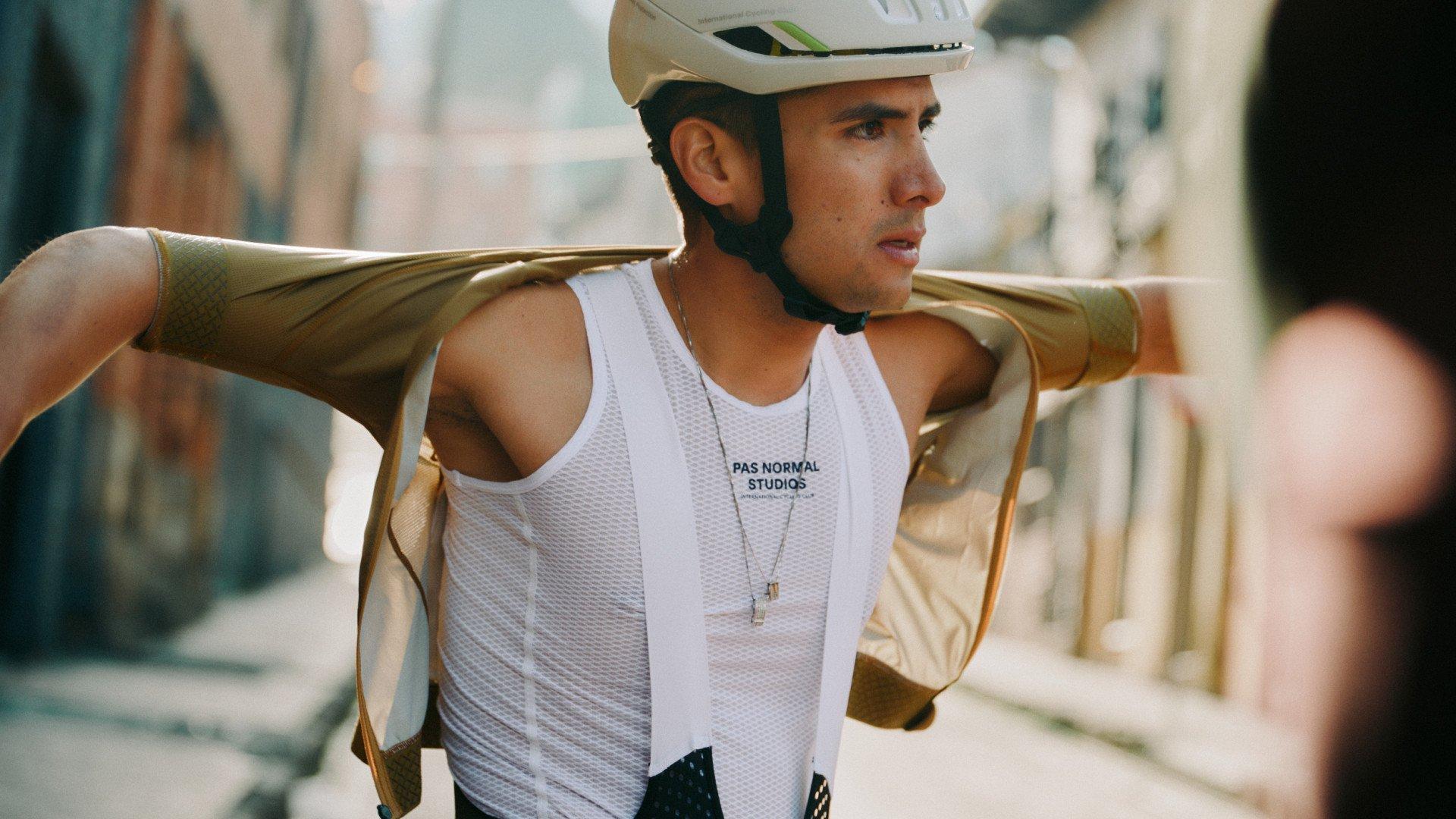
When putting on jerseys with silicone gripper sleeves, fold the ends of the sleeves to face outwards before putting your arms through. Once the sleeves are entirely on your arms, fold the grippers back onto your arms to secure them in place. This technique also applies to bibs.
We recommend pulling jerseys onto your arms by moving the sleeve up your arm with short, gentle movements near the end of the sleeve. We do not recommend pulling from the chest or shoulder area. This also applies to bibs.
Do not pull bib straps over your shoulders before they are completely in place on your legs.
Ensure you use the guarded zip ends on your jersey as this helps prevent irritation and possible damage to your clothing.
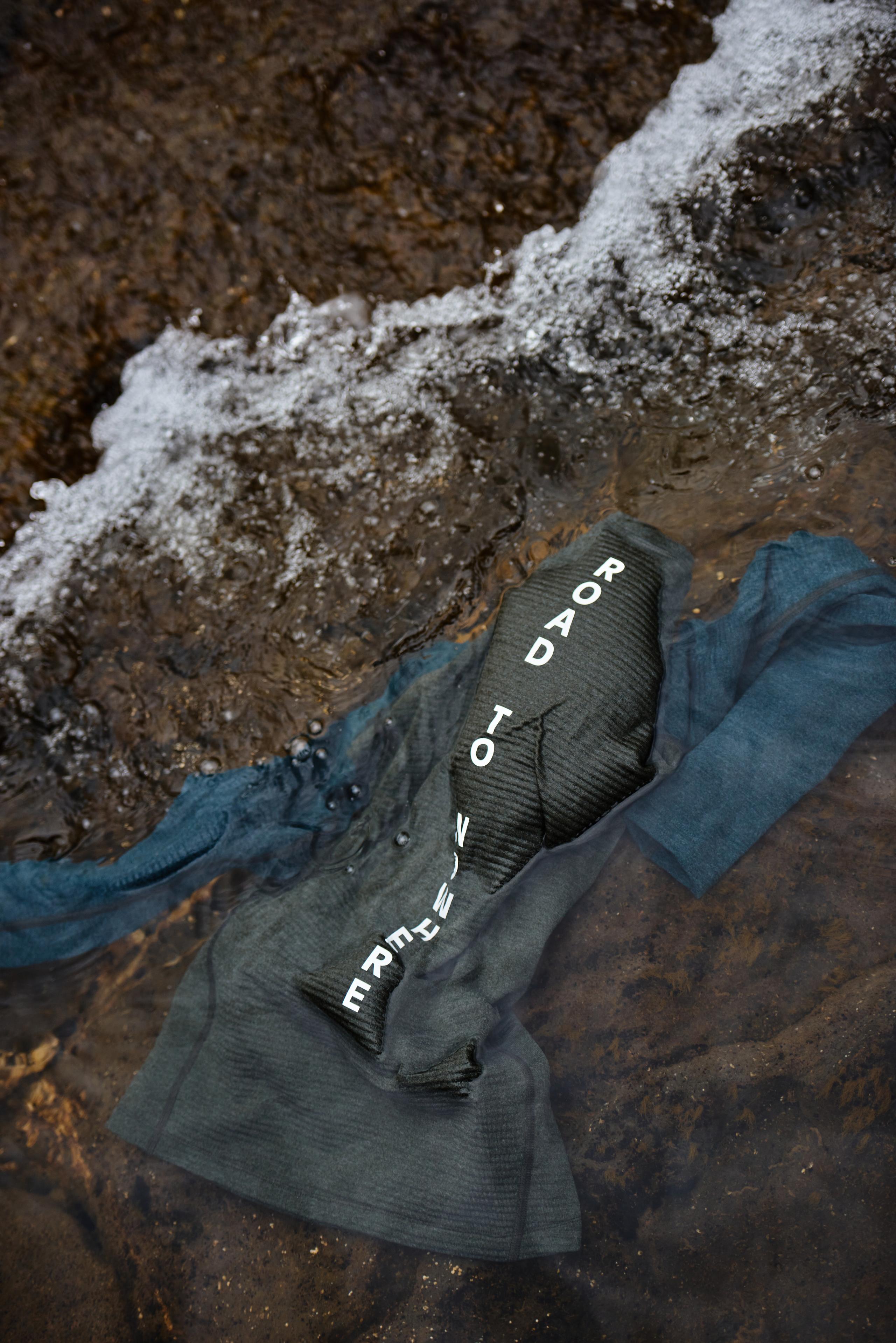
This information is a guide to caring for your item. Please follow the guidance on the label. Many products can be cared for in the following way:
Please read the list of exceptions below for more information about items with special care requirements.
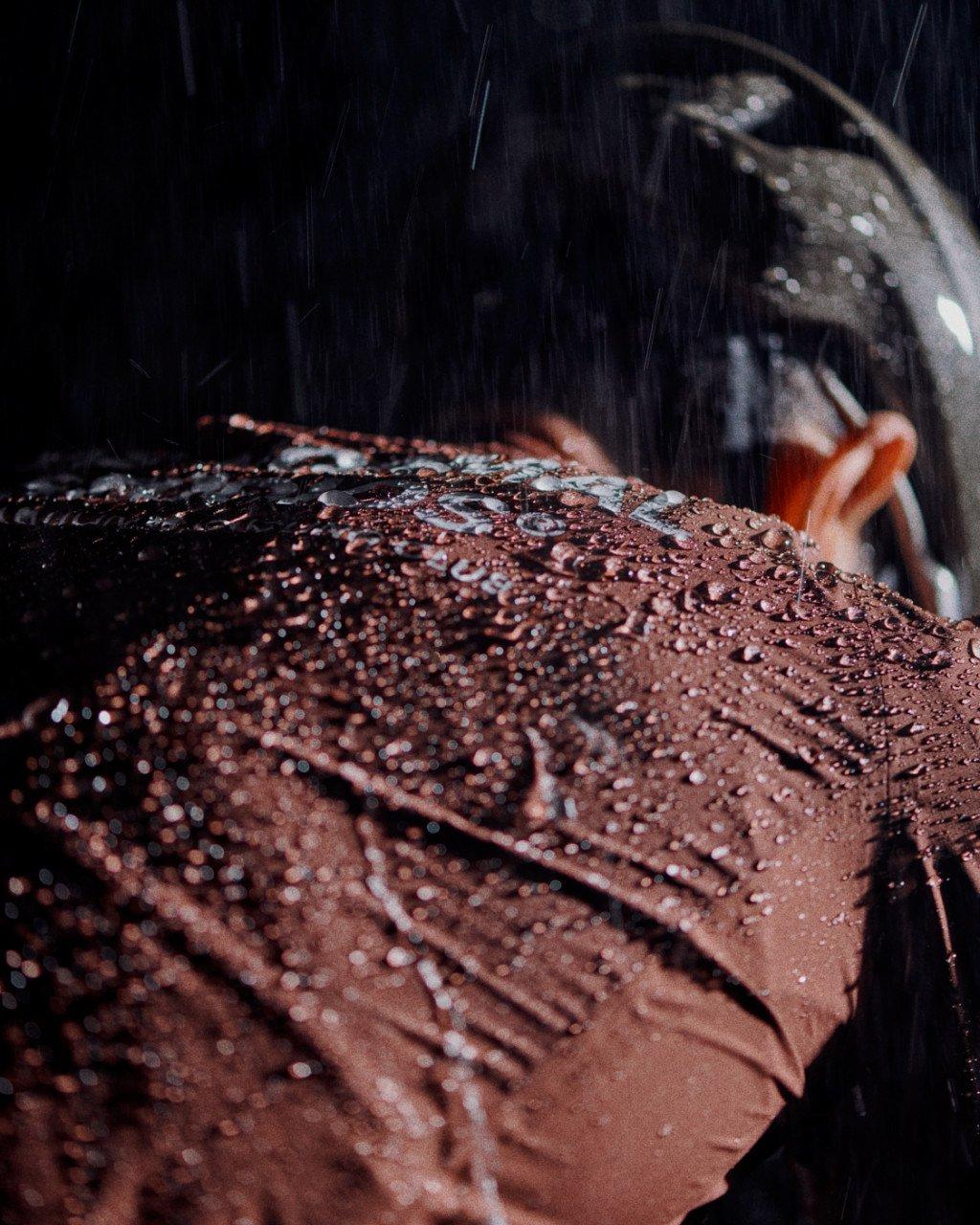
How to reactivate/re-apply Durable Water Repellent (DWR) to your garment:
DWR is a polymer coating that increases surface tension and helps water to bead and roll off. This polymer substance is applied to the face fabric of the Pas Normal Studios water protective garment products. When your garment is no longer shedding surface moisture as it used to - it is time to reactivate the DWR.
First step: Cleaning
The first step to restoring the DWR water-shedding abilities is to wash away dirt and stains from your garment. You can find the washing guidance on the label inside of your product. To help protect your garment further, it’s a good idea to buy a laundry detergent specifically designed for technical fabric.
After the wash, your garment should be hung for air drying. (depends, If you want to reactive DWR you should not dry it first)
Second step: Applying new DWR to your garment
In case the step above isn't enough to revive the DWR to your garment, it is time to reapply new DWR. The most recommended method is spray as this treatment is only applied to the outside of the garment (do it when the jacket is still wet. Or after wash, put it into the washing machine again with a DWR refresher).
Spray-On
This method is both good if one certain spot on your garment needs a touch-up DWR treatment or if the whole garment needs a new treatment. After the wash, remove the garment from the machine and shake off any excess water. Now you hang the damp garment and spray the new DWR evenly onto the outside of the fabric. Make sure to give extra attention to abrasion areas. Now hang your garment to dry.

We encourage you to use your items for as long as possible. They are designed to last and have been rigorously tested to ensure they live up to our high standards. We understand that many of our products can not be easily recycled. We are already looking into ways we can incorporate circular-economy principles into our products, such as using mono-materials, improving repairability, and applying alternative business models.
If you decide you no longer have use for your products, we encourage you to consider your options to avoid disposal. This will ensure the value within the product is retained as much as possible and can be done through repairing, swapping, donating, or repurposing. These actions can extend the life of the item and reduce your environmental impact.
Recycling your used items can be done at many locations. Below are several links to organizations who aim to make recycling more accessible:
There are also organizations working to collect clothing in stores. These organizations can be found here.